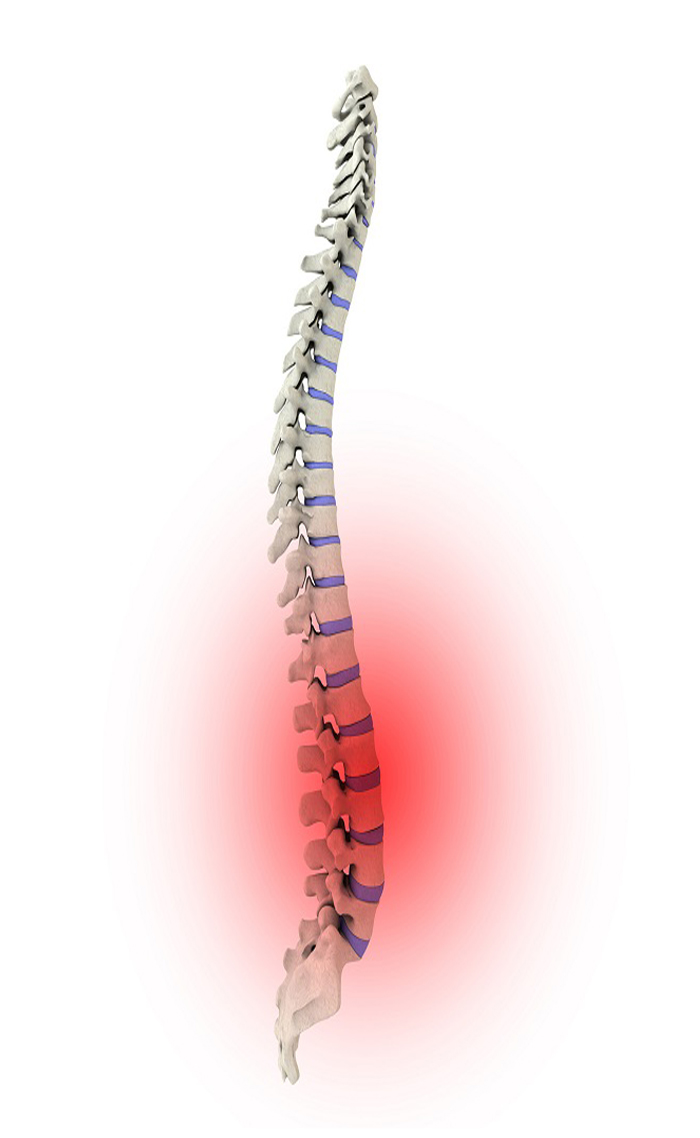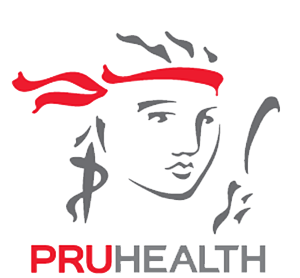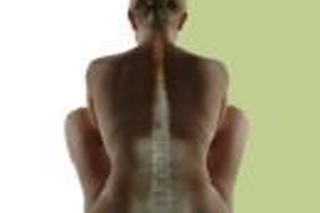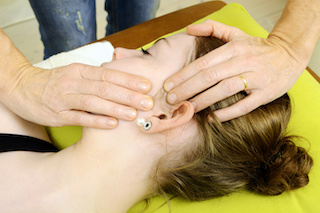
Osteopathy
What is Osteopathy?

Osteopathy is a manual form of physical treatment, which places emphasis on the structural and functional problems of the body. Osteopathy is well recognised in having a systematic approach to diagnosis and treatment.
Osteopathy understands how abnormal joint and soft tissue functions can result in the breakdown of body’s normal working pattern and, lead to disturbances in postural care. Incorrect joint movements with stress, and poor health and disease. This is why osteopathy is effective for alleviating painful debilitating conditions which arise from abnormalities in the function of the body structure.
Osteopathy recognises much of the pain and disability stems from damage caused to the body by disease. Importantly functional integrity is examined with emphasis on how the body parts are interacting to bring about pain. Treatment focuses on managing corrective functional joint alignment with muscular relief to be pain free.
What do osteopaths treat?

Osteopathic treatment considers integrity of the whole person and their constitution to maintaining health. This treatment will determine the root of the problem not just overlying symptoms. Activities such as driving, work station seating, carrying heavy bags and postural disturbances can benefit from osteopathic treatment to minimise wear and tear on the body. On overall treatment will help you recognise what movements are causing the problems and how to correct them
Why do you get pain?
Back pain does not simply mean that pain is localised to the back. Often the cause, can send pain to buttocks legs and groin consequentially having far more remote distribution of symptoms. The commonly known "Sciatica Symptoms" reacts this way, with the nature of radiating pain from the lower back into legs bought on by pressure on nerves from the spine. Osteopaths are skilled in helping to correct the root of pain and be pain free and mobile. Finding the root of the pain and focusing on spinal structures and knowing their distribution of pain in the body is a start. The human body is dynamic musculosketal frame so sciatica is a broader picture of term "back Pain". Confusion with organ related pain such as kidney can also be presented in the back, thus differential diagnosis is the key and everyone’s experience of back pain is different.
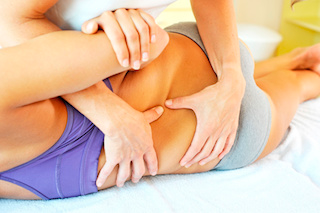
Some important key areas in back pain and sciatica are outlined here:-
- Does your legs go numb when you walk? Worse going up or down stairs, afraid to walk
- Legs feeling weaker
- Normal movements bending forward or backwards more painful. Do you get stuck or locked in position
- Difficulty in either standing or sitting for too long or turning in bed
- Noticed recently losing bladder control or going more often to the toilet. Constipation or Diahorrea
- If pain is down one leg or both symptoms of sciatica can be cause by disc damage which in turns puts pressure on the sciatic and other nerves in the legs
If symptoms of pain last longer than few days or more than 2 weeks, no relief with pain killers. Osteopathy can help you find its likely cause and put you on the road to recovery. Get help sooner rather than later!
The first sign of pain is a warning signal! Alarm bells from the bodies own defence system which will alert you, that the problem needs attention. The severity, intensity and distribution of pain pattern, are part of warning signal.
Spinal Pain: Low back Pain
Osteopathic treatment will assist in quicker recovery, depending on the nature and severity of the problem. Post treatment management includes rest-aids and supports worn, and possible effects on health. Pain patterns will be explained whilst having treatment. Self-help exercises or packs to do at home will be given to patients.
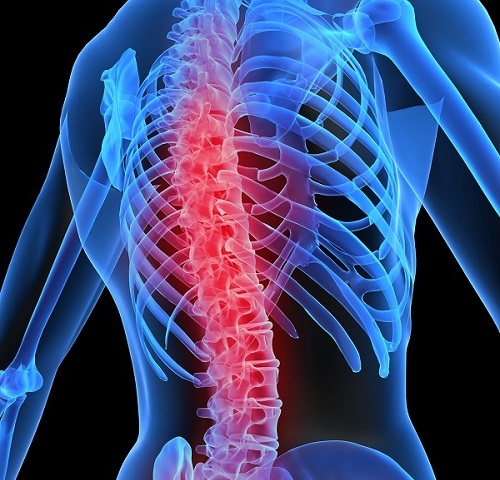
Injury prevention and better postural control are the benefits of osteopathic treatment. A better aligned functioning body is more capable of dealing with stress injuries and mechanical disruptions from falls and accidents. A lifestyle review with postural and nutritional imbalances corrected. This helps to integrate the physiological systems with the sketal frame to function better for performance when in demand, without sustaining injury. This has particular relevance for the physically active manual workers, to sporting athletes and nursing mothers with children to older people doing activities such as gardening walking.
Hand Pain: Arthritis of Hands
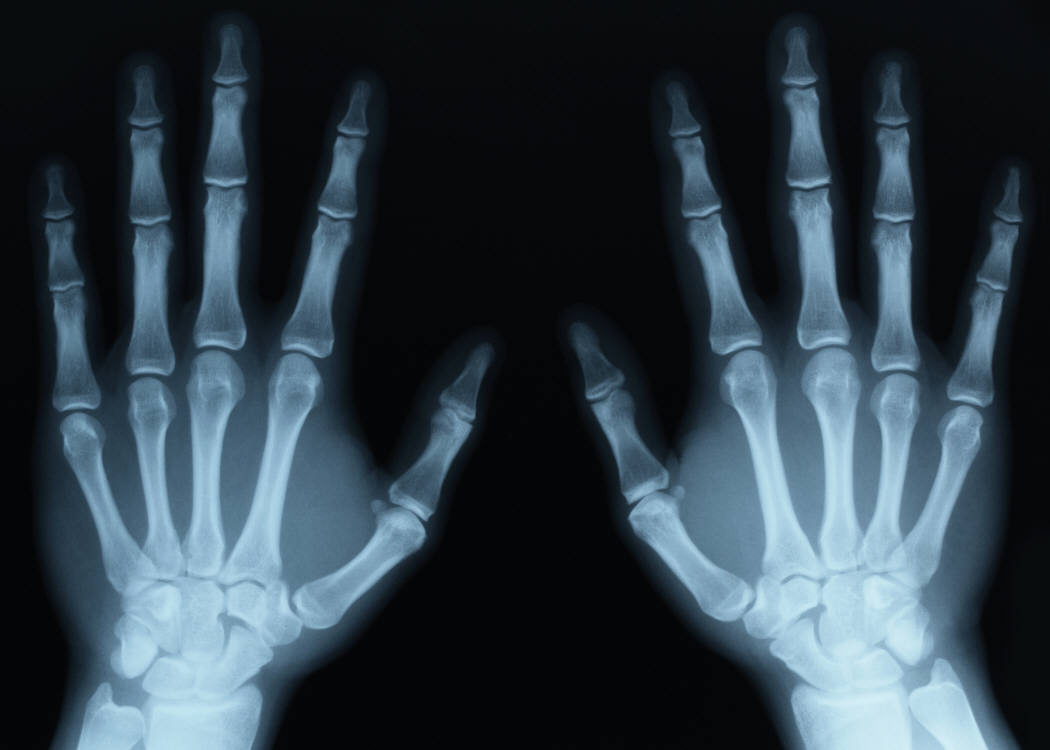
Where there is slow progression of degenerative conditions such as Arthritis, patients are advised that they keep all their healthcare practitioner up to date will all relevant medication taken, clinic appointments attended, results of any investigation conducted. Patients are advised to consult their GP, whilst consulting the osteopath. Patients can come independently, as self-referred or they can get a GP referral.
Healthcare Provision: Holistic approach to maintaining wellbeing
Most patients find that having an osteopathic treatment goes beyond the just "getting better" and treating the injury. Most people find the individual approach enables them to receive a service which benefits their overall wellbeing, whilst continuing with their active life not fearing pain. A typical example would be an office worker having neck pain, has treatment and finds that their vision and headaches have improved too. Almost all osteopaths offer the (MOT) Maintenance Osteopathic Treatment. The once in three monthly check up appointments for the overall healthcare and wellbeing.
Osteopathic Appointment
What is involved in osteopathic treatment?
Osteopaths consider each patient as individual. Osteopaths focus on the underlying cause of a presenting problem and they consider how the whole body movements have contributed to maintaining the problem.
First visit involves in depth consultation of the presenting problem followed by examination. Initially simple active postural movements with further relevant tests pending on the nature presenting problem. Once diagnosis has been made and explained to the patient treatment plan will be outlined for treatment to commence.
NB: This includes consent requested by the practitioner and permission given by the patient to conduct examination and treatment and so that information communicated is understood by both patient and practitioner.
Children accompanied with parents and vulnerable adults including sometimes senior citizens may need assistance with mobility or for translation, Chaperone's are permitted on the consultations and treatment.
A Comprehensive Case History
A diagnosis is made by obtaining a detailed medical history. Questions are asked about patient past and present health, lifestyle, as well as about the specific problem, and other relevant information that brings them to the osteopath. Based on these findings treatment plan is put together.
A Physical Examination
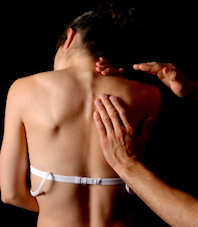
Observation of gait posture and comparison of good and the affected side with palpation and joint movements. Followed by appropriate tests conducted, medically screening tests to see what structures are involved that elicit the pain and those which do not. The tests compromise of (Orthopaedic, Osteopathic, Neurological, and Vascular.) Here functional mechanical and patho-physiological changes to tissues are detected. Once the diagnosis is determined, the applicable treatment plan will be discussed with the patient.
I am always happy to answer any questions you may have. Call me today on 07711 265500, or please send an email to, nita.mistry@btinternet.com for more information or text me with your enquiry followed by your name and contact number.
Most people consult osteopaths privately. Many private health insurance schemes give benefit for osteopathic treatment. Some companies will reimburse the total fee that you have paid for treatment, others only a percentage. Most companies require a GP or specialist referral. All insurance companies have helplines. Patients are advised to check the terms and conditions with their health insurance provider prior to having treatment and placing a claim.


